Customer Experience Analytics: What is it & Best Practices
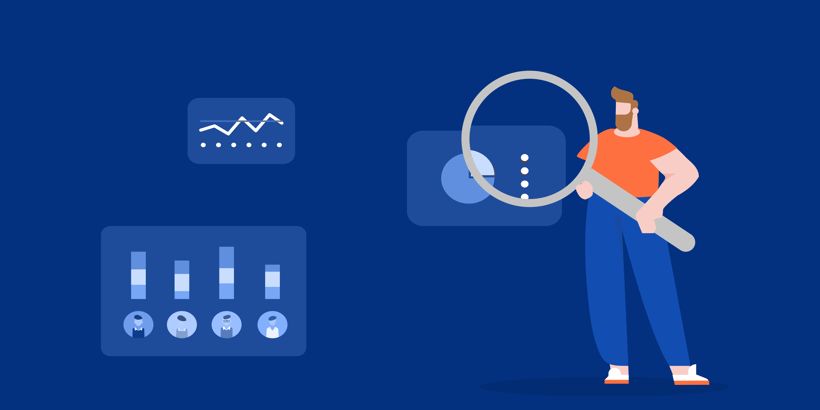
88% of guests say the experience a business provides is just as important as their products or services. So if you want to continue to retain and acquire happy guests, you must look closely at your customer experience analytics and learn from them.
In this piece, we discuss what customer experience analytics are, why they are essential, best practices, and how you can use them to elevate the guest experience at your venue.
What is customer experience analytics?
Customer experience (CX) analytics is the process of finding and collecting customer data and, after that, analyzing that data.
They are metrics that assist in measuring the customer experience, such as customer churn rate, customer satisfaction score, or dissatisfaction score. Essentially, these analytics show you how your guests found their experience with your brand — from discovery to purchase, attending, and post-visit.
Why are customer experience analytics important?
The overarching reason why these analytics are important is that they are a significant indicator of how satisfied your guests are and whether they are likely to continue giving you their business.
Other reasons include the following.
Helps to highlight problem areas
For example, suppose your CX analytics show that your guests consistently complain about long queues and wait times or your booking/ticketing systems. In that case, you will become aware that this is a problem and seek a solution.
Without this data, you might not have known about this issue, which would continue negatively affecting your business.
How to use CX analytics to improve
You can learn from your CX analytics and make changes based on the data. For the example above, consider upgrading the technology you use for queue management and ticketing.
Read this next: Virtual Queuing: What Is It & How Does It Work?
Offers ways to better serve guests
CX analytics help you understand your guests' preferences on a deeper level. Chances are you and your team members won’t have the time to talk in-depth to all of your guests about what they enjoy most about your venue and where they think you can improve, but this information is intrinsically essential to your long-term success.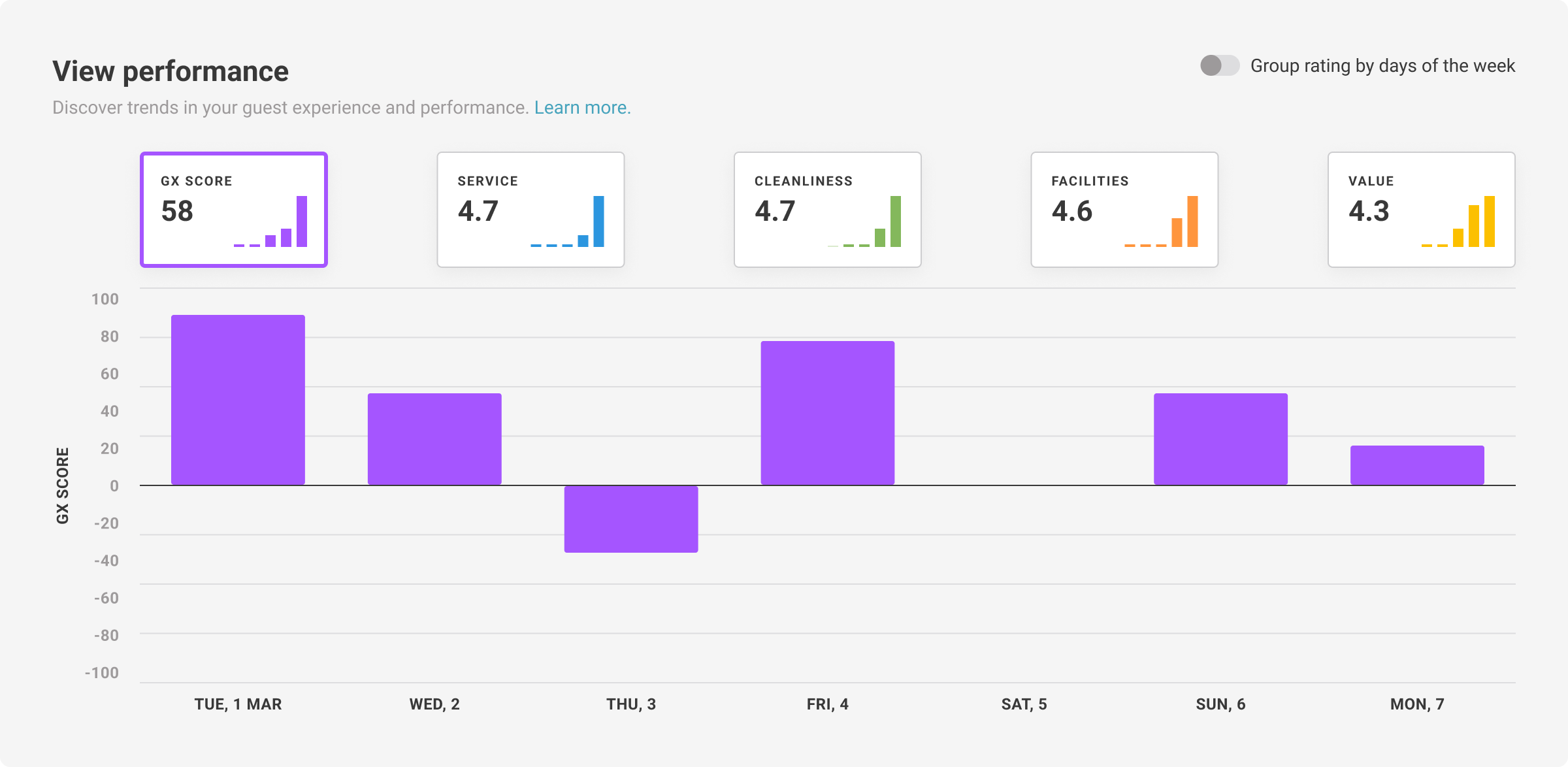
How to use CX analytics to improve
When you know what your guests love and want more of, you can work towards giving it to them. You can allocate more resources/ budget for the attractions your guests love and move the funding away from less popular areas.
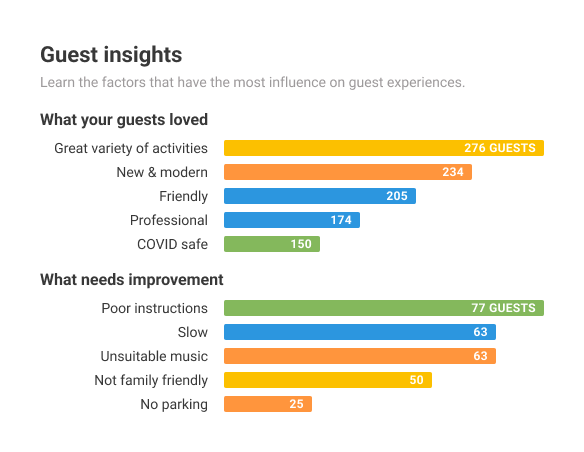
Provides an insight into how guests perceive your brand
As mentioned in the above section, you can’t have deep conversations with your guests when they are on-site. So to get an accurate idea of how they perceive your brand — whether they liked your marketing campaign, your online checkout, your affiliated causes, etc. — you need CX analytics.
CX analytics is the only way to gain insight into these things. And when you have this knowledge, it helps you better inform future business decisions.
How to use CX analytics to improve
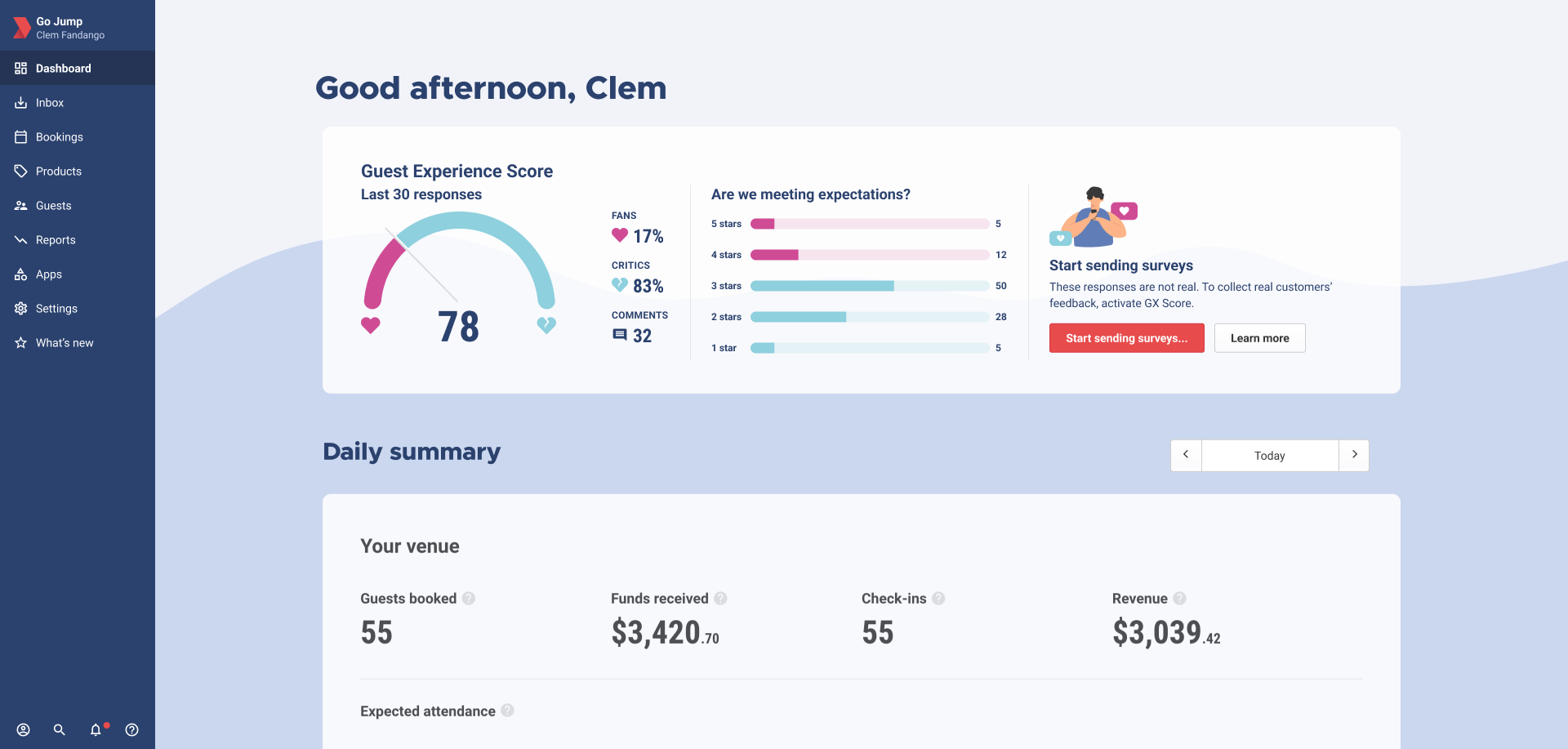
For example, your CX analytics show that your guests currently find your marketing campaigns too ‘salesly.’ With this information, you can consider toning it down or taking a different approach.
If the CX data shows this, your prospects are likely thinking this, too and turning away from your advertisements. So use your data to your advantage!
Read this next: 4 Ways Your Venue Can Increase Online Sales
Customer experience analytics best practices
It’s not hard to use CX analytics to your venue's advantage — try the below ways!
Use a guest sentiment analysis tool
A guest sentiment analysis tool, like ROLLER’s Guest Experience Score, does all the hard work for you! It will collect your guest feedback using surveys sent at optimal times, analyze it, and tell you where your venue is performing well and where improvements can be made.
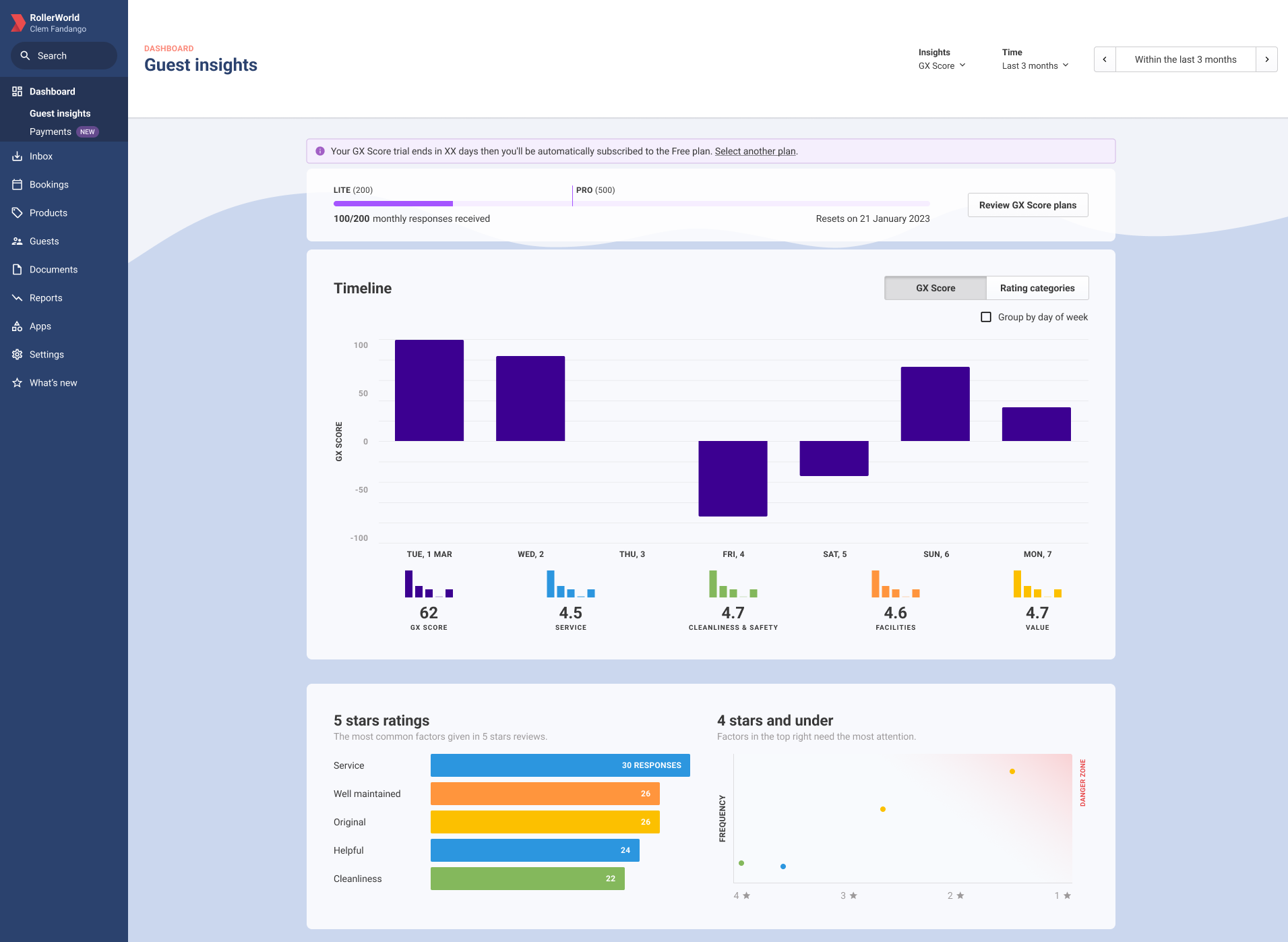
Having a tool like this takes time and stress from gathering guest data. And it actively helps you improve by providing actionable insights about your customer experience.
Track the most valuable metrics
A common misconception is that more data means better data. While it is true that collecting large amounts of data is advantageous, if you focus on the wrong metrics, the amount of data collected will not make a difference.
When beginning your CX analytics journey, make clear what metrics are important to you and what will help your venue grow, and track these metrics.
For example, a guest satisfaction metric is valuable, but a metric that measures the most popular ice cream purchased from your cafe, while valuable data, will not contribute as much to your venue’s growth as measuring satisfaction rates will. You save time and collect more valuable data by narrowing down metrics in this way.
Ask the right questions when collecting guest data
When surveying your guests, it is best to ask them structured, easy-to-understand and answer questions. By doing this, your guests are more likely to respond, respond accurately, and you get better feedback.
Structuring your data collection this way means that your CX data and analytics will provide an accurate and precise representation of your guest experience, and you will have better information to use.
Top tip: Ask guests to respond using a number scale. For example, ‘how would you rate the service today, on a scale of one to five? Five being excellent and one being poor.’
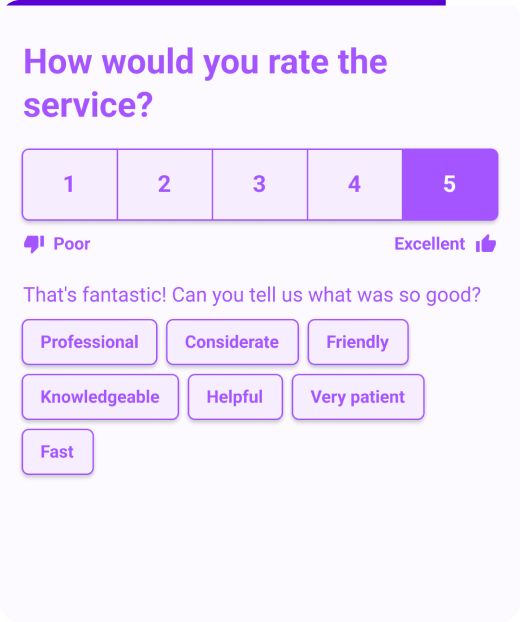
Use customer experience analytics to your advantage
CX analytics are critically important in ensuring that you continue to provide fantastic guest experiences that have your guests raving.
Understanding these analytics will help you better meet your guests' needs, boost the quality of guest experiences, identify and improve problem areas, and more.
Learn more about ROLLER’s Guest Experience Score here.
Related articles
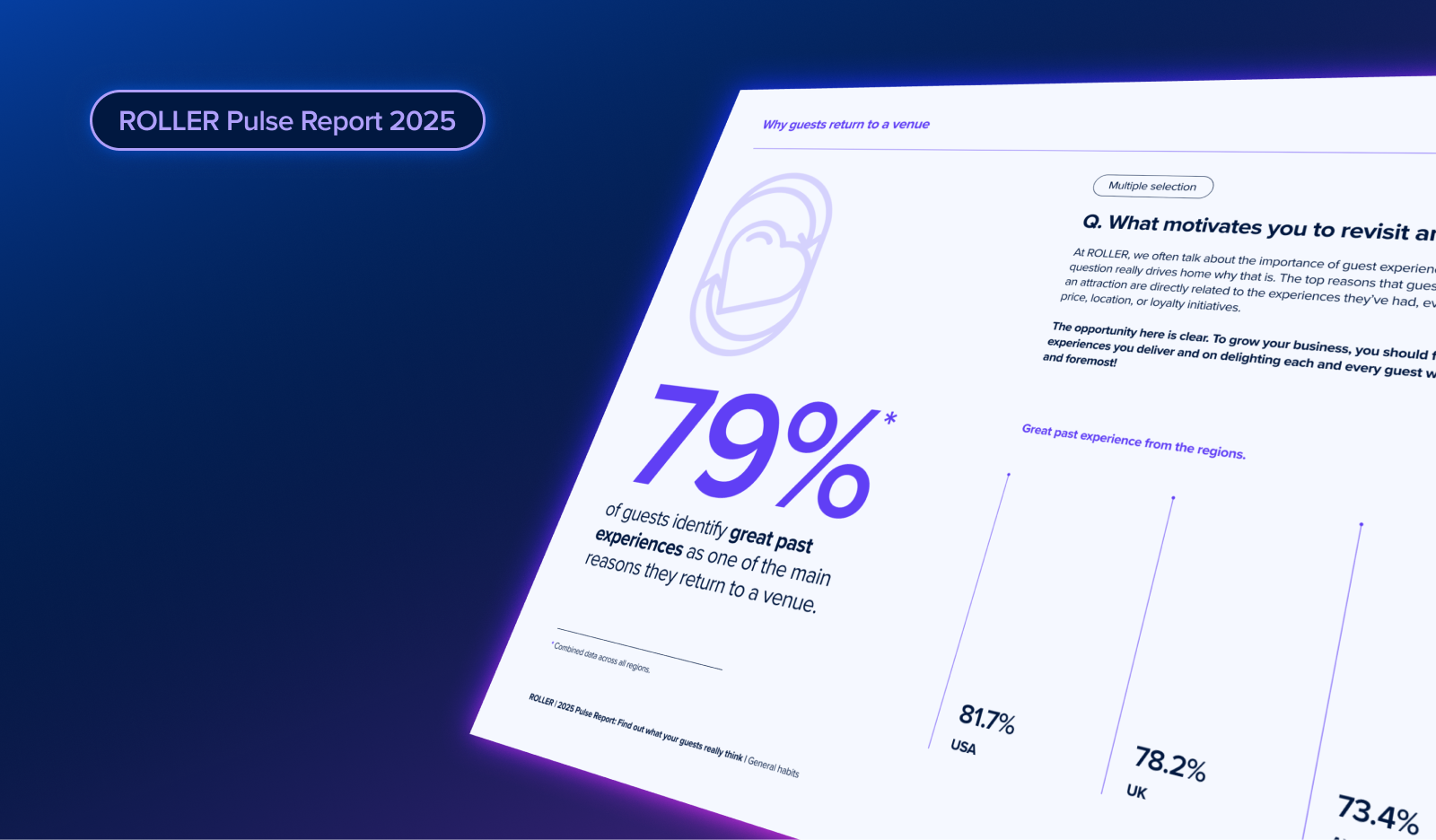
.png)
What the 2025 Pulse Report Reveals About Guest Booking Behavior at Attractions
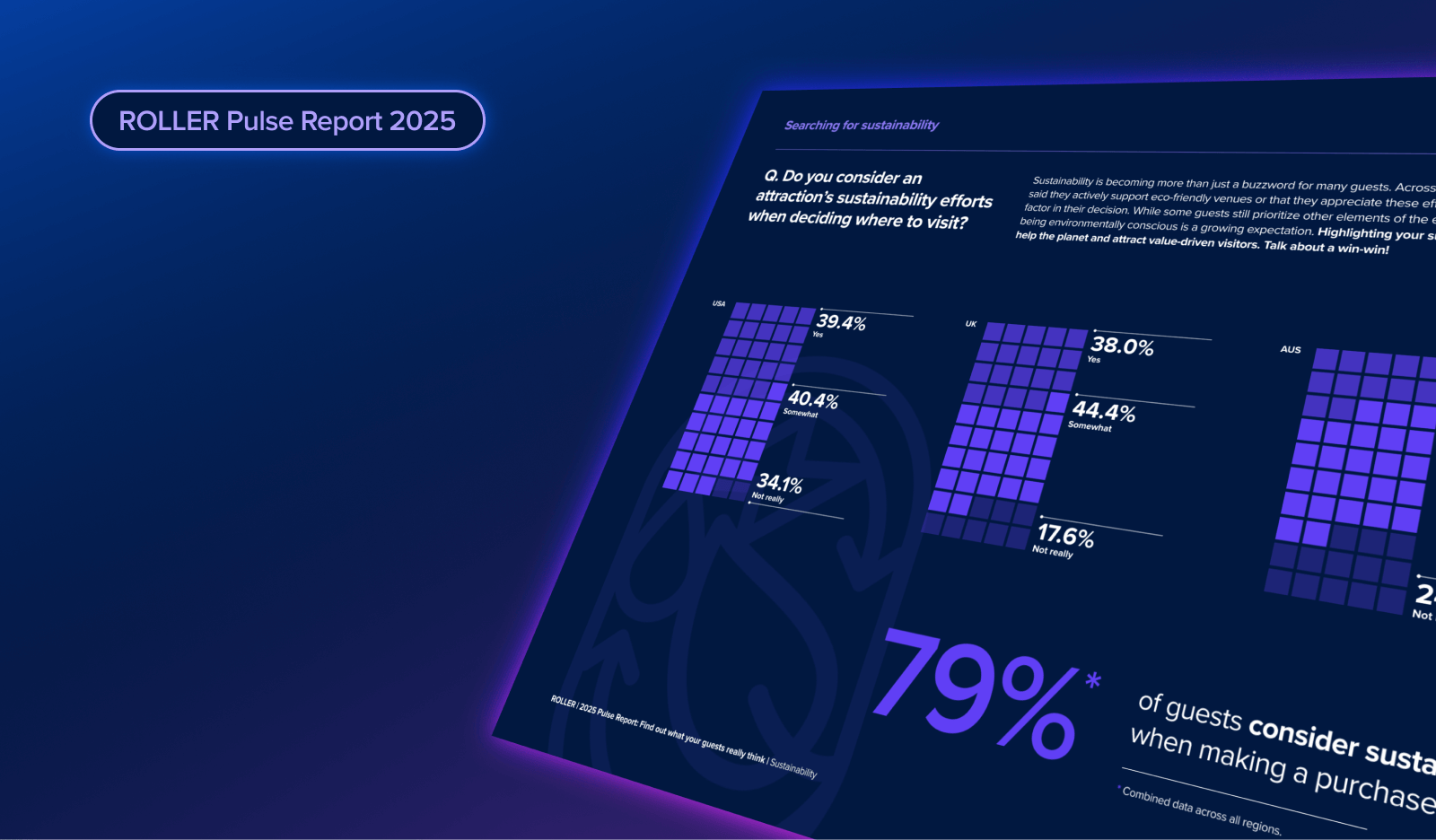
2025 Pulse Report: How Sustainability Is Shaping Guest Expectations
Enhance your guest experience
Get free education, tips and inspiration to help you run a successful venue.
